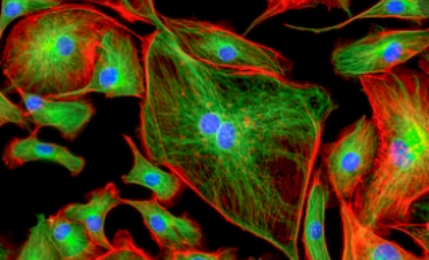Apoptosis refers to cells' active and physiological death process under certain physiological or pathological conditions and controlled by their inherent genetic mechanisms. Apoptosis is regulated by apoptosis-related genes, so it is also called programmed cell death (PCD). PCD is also a natural process of regulating differentiation. During development or due to external conditions (such as virus infection, genetic mutations, and aging immune cells, etc.), many cells will be physiologically eliminated.
Apoptosis has the characteristics of nuclear condensation, cell shrinkage, cell membrane blistering and DNA fragmentation, and it plays an important role in many physiological processes and diseases. The process of apoptosis regulation is very complicated, and a large number of molecules are involved. This gives researchers ample opportunities to develop therapeutic agents to detect and regulate this pathway. When studying cell death, detecting changes in apoptosis pathways, detecting apoptotic cells, and developing regulators that regulate apoptosis pathways are important basic research content.

A distinctive feature of apoptosis is the degradation of cell chromosomal DNA. Changes in mitochondrial membrane potential and membrane permeability are also an important feature of apoptotic cells. Caspases family gene expression products are the main enzymes that promote cell apoptosis. Bcl-2 is the most important regulatory protein in the apoptotic protein family. p53 can stimulate a wide range of signals that work through exogenous and endogenous apoptotic pathways. Annexin-V is a specific PS-binding protein that can be used to detect apoptotic cells. Non-caspases, including cathepsins, calpains, granzymes, and the proteasome complex, also have roles in mediating and promoting cell death.
For many years, Creative Bioarray has been committed to providing the most advanced detection tools to help research on apoptosis. Our products are of high quality and rich in variety, which can be applied to detection methods such as flow cytometry, fluorescence microscopy, microplate reader, gel electrophoresis, ELISA reader, etc. Our research products include but are not limited to:
If you are interested in our services, please contact us for more detailed information.
Online Inquiry